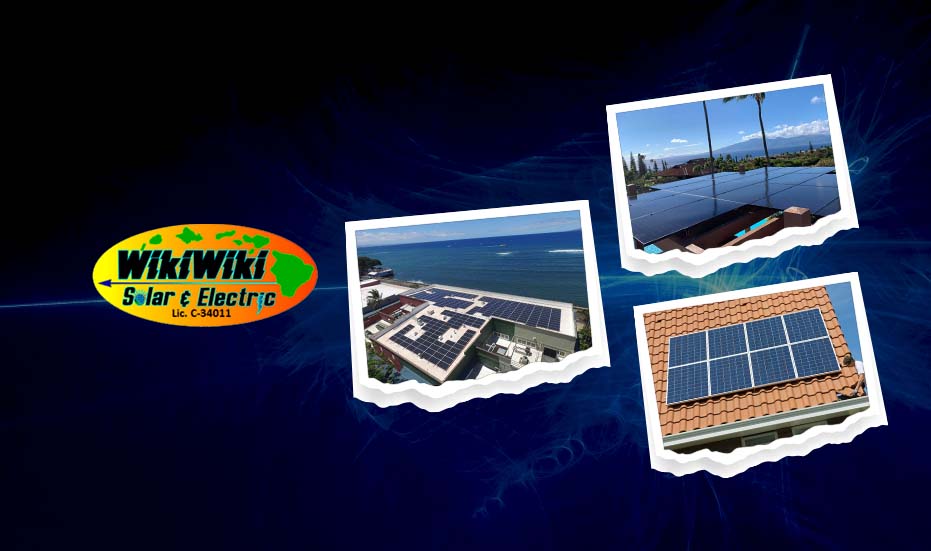Steps For Installing A Solar System Maui For Home
Installing a solar system for your home can be a complex process, but with proper planning and knowledge, it can be a rewarding investment. By harnessing the power of the sun, you can significantly reduce your reliance on traditional energy sources and lower your monthly electricity bills.
So, let's dive into the steps to get started.
Step 1: Assess Your Energy Needs
Before installing a Maui solar system it is crucial to evaluate your energy needs. This step involves examining your electricity consumption, identifying energy-efficient measures, and determining the size of the solar system required to meet your demands. Consider factors such as the number of appliances, lighting fixtures, and the average daily energy consumption of your household.
Step 2: Understand the Solar System Components
To familiarize yourself with the solar system installation process, it is essential to understand the key components of a solar system. These include solar panels, inverters, batteries (if you choose to have a backup system), and the mounting structure. Solar panels capture sunlight and convert it into DC electricity, while inverters convert the DC electricity produced into AC electricity for use in your home.
Step 3: Find a Reliable Solar System Installer
Finding a reputable and experienced solar company is crucial to ensure a successful installation. Look for installers who are certified, licensed, and have a proven track record in the industry. Consider getting quotes from multiple installers to compare prices, warranties, and services offered. Don't forget to check customer reviews and ask for referrals from friends or family who have installed solar systems.
Step 4: Obtain Necessary Permits and Approvals
Before commencing the installation, you may need to obtain permits and approvals from local authorities. Solar system installations often require building permits, electrical permits, and approval from homeowners' associations, depending on your location. It is essential to research and comply with all regulations to avoid any legal issues in the future.
Step 5: Installation and Wiring
The installation process involves mounting the solar panels on your roof or ground-mount structure, connecting them to the inverters, and wiring the system to your electrical panel. This step is best left to professionals who possess the expertise and knowledge to ensure a safe and efficient installation. They will also conduct a thorough inspection to ensure compliance with all electrical codes.
Step 6: Grid Connection and Net Metering
Once the solar system is installed and wired, it needs to be connected to the grid. This involves working with your utility company to have a net meter installed. Net metering allows you to sell excess electricity generated by your solar system back to the grid, essentially offsetting your energy consumption during times when your solar system is not producing enough energy.
Step 7: Monitoring and Maintenance
After the installation is complete, it is essential to monitor and maintain your solar system regularly. Monitoring helps you track your energy production and identify any issues or inefficiencies. Regular maintenance includes cleaning the solar panels, checking for debris or shading, and inspecting the system for any signs of damage. Additionally, keeping a record of your energy production and savings can help you assess the effectiveness of your solar system.
Wrapping Up
Installing a solar system for your home is a significant investment that offers long-term benefits for both the environment and your finances. Remember to conduct thorough research, and consult with professionals from WikiWiki, a trusted Maui solar company for a successful solar system installation.




Comments
Post a Comment